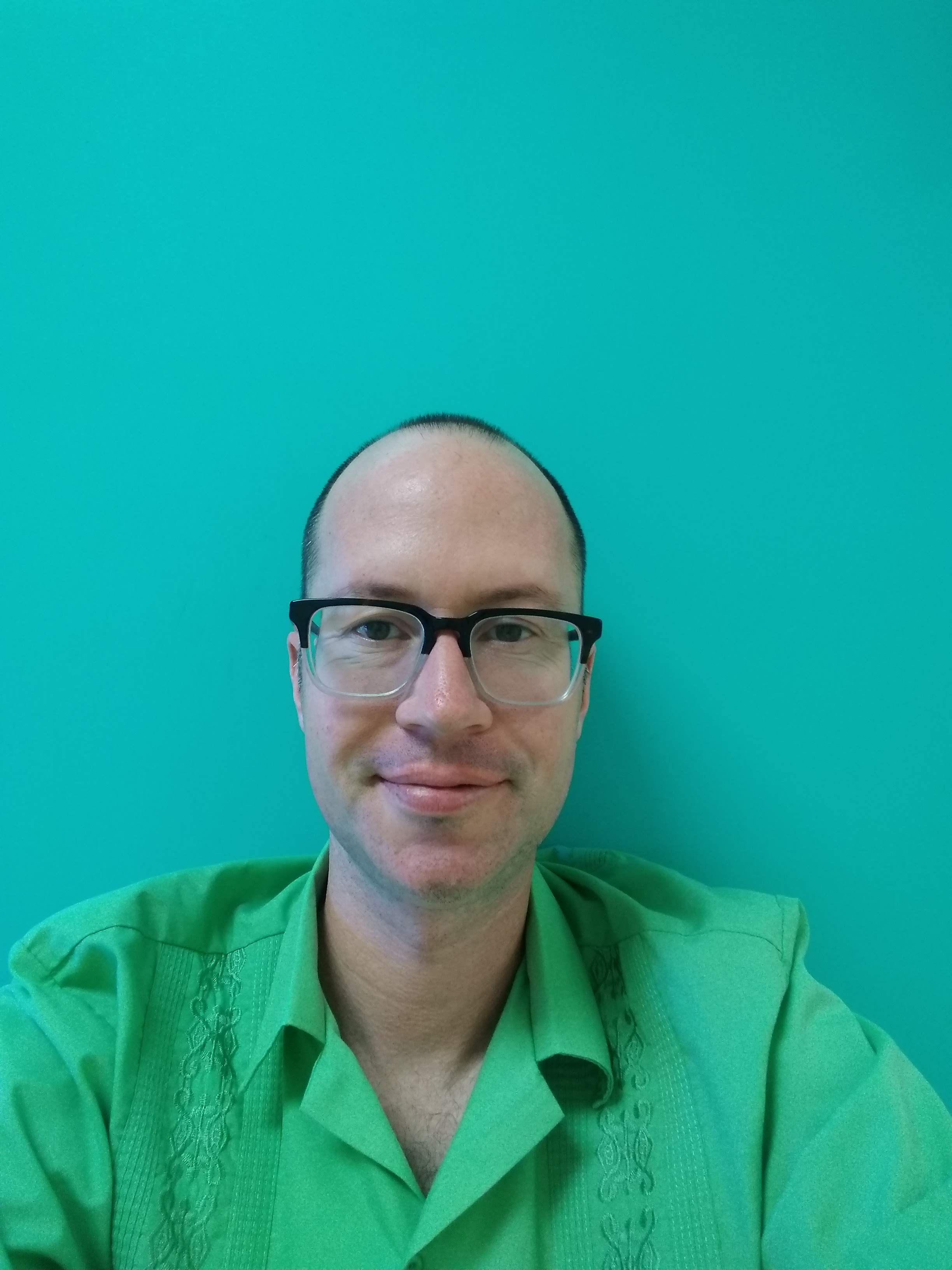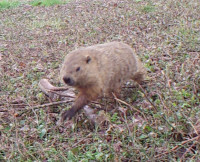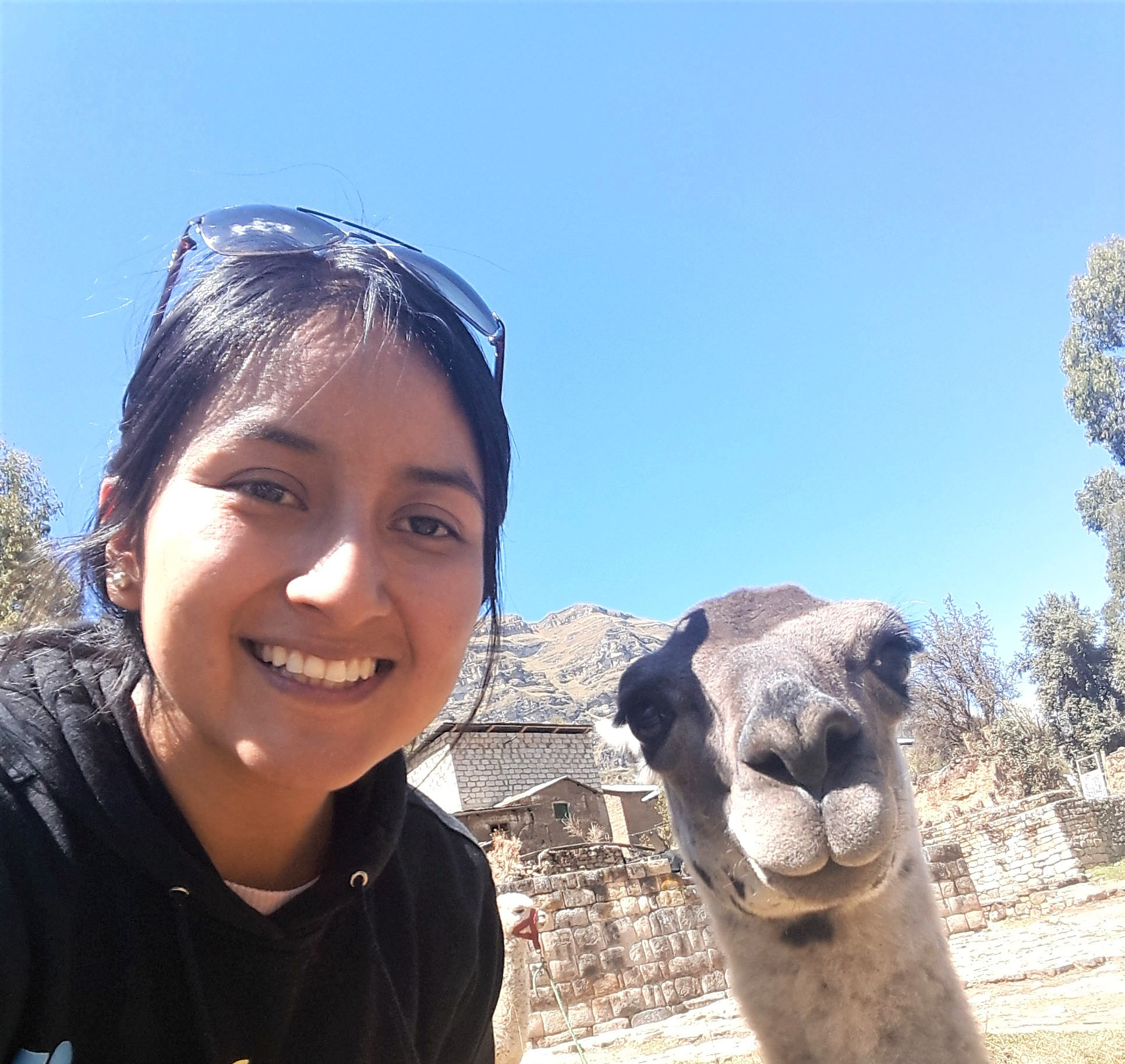People
Lab PI
Jake Ferguson (Hufflepuff)
 I enjoy both developing ecology theory, using models to solve management and conservation problems, and getting out in the field to explore nature. I am especially keen on understanding how animal populations experience and handle uncertainty in their environment. One of the joys of doing quantitative ecology is that I’ve been fortunate to work on a wide range of problems and systems. My favorite part of the job is working with students and helping them achieve their academic and professional goals.
I enjoy both developing ecology theory, using models to solve management and conservation problems, and getting out in the field to explore nature. I am especially keen on understanding how animal populations experience and handle uncertainty in their environment. One of the joys of doing quantitative ecology is that I’ve been fortunate to work on a wide range of problems and systems. My favorite part of the job is working with students and helping them achieve their academic and professional goals.
Data scientist
Pamela Rueda‐Cediel
 Pamela is working on characterizing the properties of animal population dynamics. She is working to characterize the accuracy of past forecasting approaches.
Pamela is working on characterizing the properties of animal population dynamics. She is working to characterize the accuracy of past forecasting approaches.
Postdoc researcher
Franz Simon
 Franz is studying the properties of complex dynamical systems subjected to variability in their environment.
Franz is studying the properties of complex dynamical systems subjected to variability in their environment.
Graduate students
Tania Rojas (Ravenclaw)
 Tania is a PhD student working on how mining impacts biodiversity through diverse pathways at different spatial and temporal scales, and the effectiveness of restoration practice.
Tania is a PhD student working on how mining impacts biodiversity through diverse pathways at different spatial and temporal scales, and the effectiveness of restoration practice.
Undergraduate students
Gabrielle Beacham
 Gabi is an undergraduate student working on a camera trap study at UK’s Ecological Research and Education Center (EREC). Her goal is to document seasonal behavior of habitat use the effects of disturbance on this behavior,
Gabi is an undergraduate student working on a camera trap study at UK’s Ecological Research and Education Center (EREC). Her goal is to document seasonal behavior of habitat use the effects of disturbance on this behavior,
Past lab members
Laura Jiménez was a postdoc working on the design of optimal surveys based on optimal foraging principles and on applied statistical modeling of Hawai’i fisheries data with the HIMARC project.
Aubtin Rouhbakhs (Gryffindor) was an MSc student at UH Manoa working on the group size dynamics of foragers. He now works for Kupu, a youth environmental education foundation in Hawaiʻi.
Erin Salano (Ravenclaw) was an MSc student at UK working on the diet of feral cats in Hawaii. She now works for the New Mexico Department of Game and Fish.
